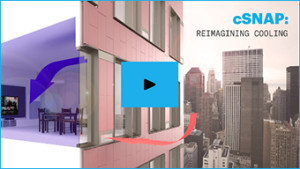Newsletter Volume 4 Issue 2

 In this issue:
In this issue:
- Refrigerant-Free Cooling Technology
- When Filter Fans Can Be Used for Cooling
- Cooling Cabinets for Micro Data Centers
- Solitherm Protec Series of Air Conditioners
Featured video: https://wyss.harvard.edu/technology/eco-friendly-air-conditioning/

Refrigerant-Free Cooling Technology
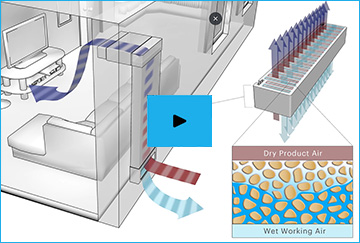 A team of technologists at Harvard University's Wyss Institute has come up with a refrigerant-free cooling method by combining new technology with old evaporative cooling technology.
A team of technologists at Harvard University's Wyss Institute has come up with a refrigerant-free cooling method by combining new technology with old evaporative cooling technology.
In their own words, "our evaporative cooling technology consists of 3D-printed ceramic coated with a novel, nanoscale hydrophobic material. The coating effectively isolates water vapor from the air that is released into a building, preventing it from becoming humid while promoting heat transfer to maximize cooling."
They say their technology works at lower temperatures and in higher humidity that the hotter, dry climates evaporative cooling has traditionally been used in. The team also states their process uses up to 75% less energy than mechanical vapor compression air conditioners. It also uses water rather than refrigerants.
Source:
1. https://wyss.harvard.edu/technology/eco-friendly-air-conditioning/

When Filter Fans Can Be Used for Cooling
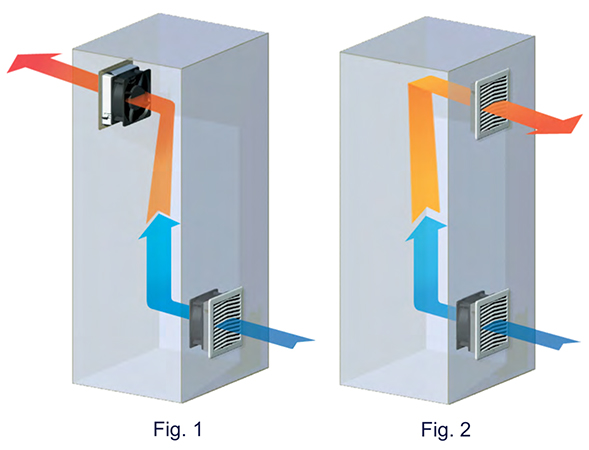
When can filter fans be used?
Filter fans and exhaust filters are used when the desired enclosure temperature may constantly be above the ambient temperature. Combined with thermostats, additional energy can be saved; the fan only runs when actually needed. In addition this results in less consumption of filter mats and less maintenance, extending the service life of the filter fans and improving process reliability.
Filter fans are best used to force cool ambient air into the enclosure (Figs. 1 and 2) thus building up a slight overpressure, ensuring that the ambient air only gets into the enclosure through the filter fan. The air forced in displaces the warm air inside the enclosure so that it can escape through the outlet filter. If, on the other hand, the air is sucked out of the enclosure (Fig. 3), it must be ensured that no unfiltered ambient air can penetrate through unsealed gaps or cable entries.

If you install a combination of filter fan / exhaust filter, the filter fan should always be placed in the lower third of the enclosure and the exhaust filter in the upper part of the enclosure preventing heat pockets. Learn more.
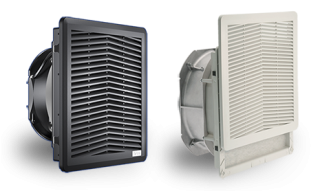

Cooling Cabinets for Micro Data Centers
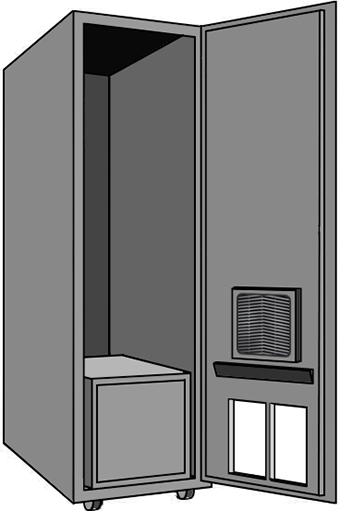 A major data center server cabinet manufacturer needed filter fans for their new edge-ready cabinets. Seifert filter fans with 540 cfm air flow rate were selected as a perfect match for their application. This line features fans with air flow rates from 7 to 547 cfm. Learn more.
A major data center server cabinet manufacturer needed filter fans for their new edge-ready cabinets. Seifert filter fans with 540 cfm air flow rate were selected as a perfect match for their application. This line features fans with air flow rates from 7 to 547 cfm. Learn more.

Solitherm Protec Series of Air Conditioners
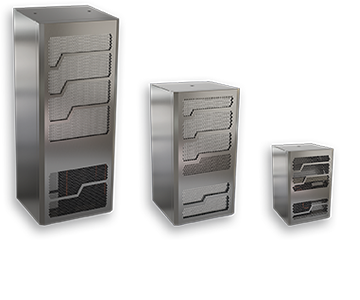 Solitherm Protec Series for Corrosive Environments
Solitherm Protec Series for Corrosive Environments
The Protec Series of enclosure air conditioners are designed for use in extremely harsh and corrosive environments. Applications include the petrochemical industry, waste/water treatment plants and marine. The coated condenser and tubing on the ambient side as well as a stainless steel housing made of V4A (AISI 316) ensure enhanced protection against chemicals and salt fog.
The protection classes of IP 56, NEMA / Type 12, 3R, 4X and a temperature range of -40°F to +140°F safeguard your electronics from corrosive environments.
If you have a question about enclosure cooling for your specific application, Seifert Systems' technical staff would be glad to speak with you. Email us at info.us@seifertsystems.com or call 401-294-6960 .
Please email suggestions for technical subjects you would like to suggest for this newsletter to this link: Newsletter Editor
